reviewed by Christina Lopez
Some herbs are better retrieved in one way over another due to different factors. Availability, area, growth patterns, and time of harvest. For each method, I will look at the positive aspects and some words of caution to consider.
Take a look at the different sources. At times, you may need to use one or more of them at any given time. The most significant part of these is you can use them all!
Contents
In a Hurry, Get the Quick Walk-through in This Video and Bookmark the Article for Reference Later.
⇒Disclaimer: The information presented here by Inside Herb Gardens and Its Authors is intended for educational purposes only. The FDA has not evaluated these statements and is not intended to diagnose, cure, treat or prevent disease. Individual results may vary. Before using any herbs, supplements, or other natural treatments, it is always advisable to consult your doctor or medical professional.
→Some of the links on this site and in this article are affiliate links that pay a commission for a completed purchase. This does not result in any additional cost to you. I do not write sponsored posts. I want to bring you accurate, unbiased information.
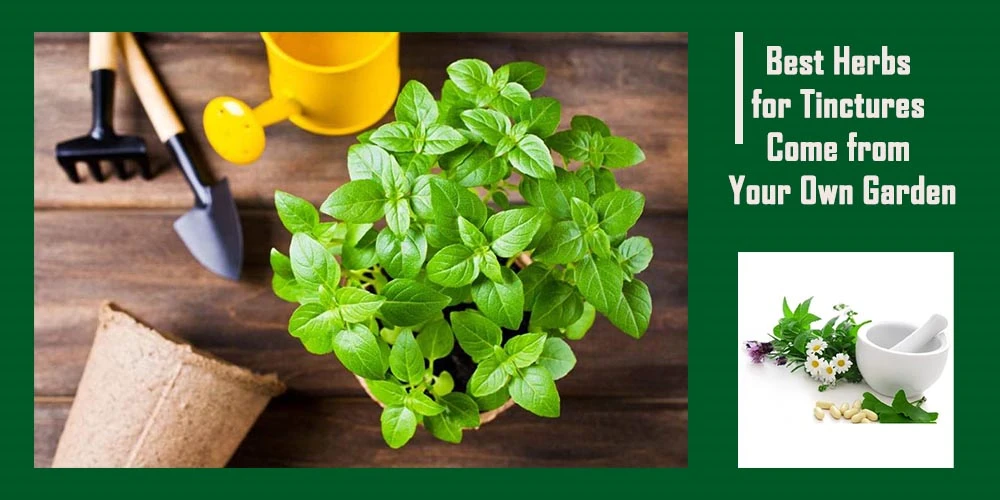
There is nothing more rewarding than gardening and producing your valuable herbs and plants. To nurture and grow a plant from seed to harvest can be a relaxing and natural medicine all its own, especially if you are anything like me and love to garden.
It can also be the most time-consuming and require the most amount of patience. If you are a first-time gardener, there can also be a learning curve to overcome. This website has information that can help you get started right and succeed.
Use the search feature for specific herbs and other guided help or reach out on the contact form. I am happy to help.
Besides, you will also need to know what herbs you will want to use in advance and plan your planting. This will include learning what type of soil, light, and space will be required to grow the plant through its entire growth cycle.
Get to know your planting grow zone or hardiness zone. Your grow zone tells your average first and last frost dates. Also, most produce guides and seed packs carry hardiness zone indications. Make sure it is something you are going to be able to grow in your area.
If unable to grow outside all year, can you accommodate moving inside and outside for weather? You can produce many tropical varieties by using both inside and outdoor growing methods with containers. As an example, I have grown Tropical Hibiscus this way for many years.
Helpful Links:
Indoor gardening opens many opportunities for growing herbs and plants that are not suited to your region. With proper space and lighting, there can be almost endless possibilities. Full-size trees are not likely going to fit in the average home.
Greenhouses are also an alternative solution. Keep in mind that greenhouses may still need light and heat supplements. In winter months natural sun and heat is still diminished. It will need to be added with grow lights and heaters.
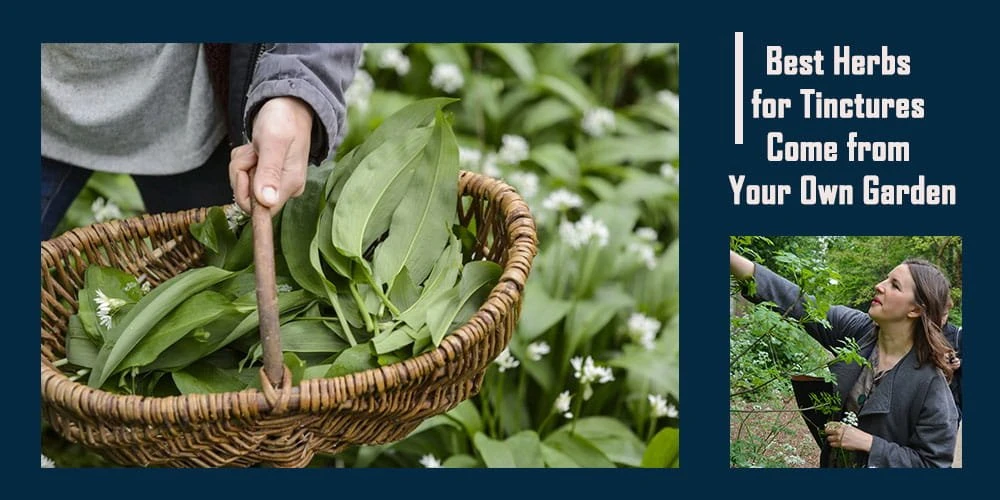
Foraging or wildcrafting is the practice of harvesting plants in the wild. This has long been done through time for purposes of food, medicine, and crafting. Learn more about the history and details of wildcrafting here on Wikipedia.
Many herbs and plants carry similar characteristics. This can include leaf shapes, stems, growth patterns, and even flowers. This makes it very important to identify any herb you plan to harvest in the wild. Misidentifying can have deadly effects!
Reliable experts in your area may be able to help you with plant identifications, such as local Cooperative extensions or Department of Agriculture and equivalent. In other countries besides the United States, similar organizations exist.
Growing up, this was “THE” number one source for most of our herbal medicines. It was then the best herb for tinctures and extracts. With the increase in pesticides and unknown chemicals, I have become more and more cautious about it. Know the area well you intend to forage!
Stay clear or areas along the side of roads, city parks and public access areas. Most often these locations get treated with chemicals for bugs, weeds and artificial fertilizers.
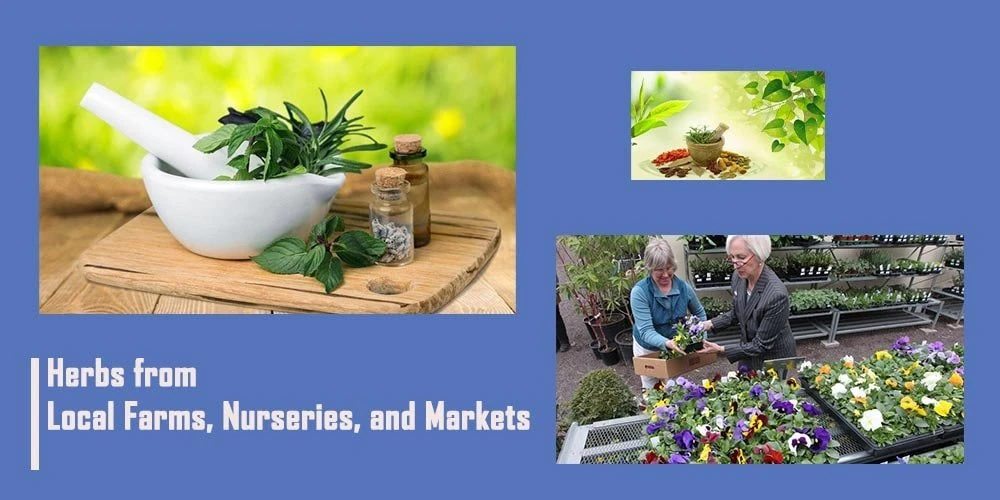
I live in the city, not a large city; local farmers market every Wednesday in the warm months. It is a great gathering of local farmers, greenhouse growers, and community gardeners. The wares are always prevalent and varied. I enjoy going through it for fresh produce that I may not grow of different varieties.
I find this market in the square is an ideal source to gain items I do not grow personally or have a source. It is also a great way to mingle and meet local growers. This creates a chain of reliable sources for locally grown herbs, plants, and produce.
This particular market does not carry many herbs, but through this venue, I learned of another in a larger city that did. The Market connected me to more local growers and an even more significant source for quality local ingredients.
Do you have markets like this in your area? Explore your local area and nearby cities. A farmer’s market and even nurseries may be great ways to build up a network of local growers. I have not met a local farmer or grower yet that was not happy to do business with an individual. All it takes is asking.
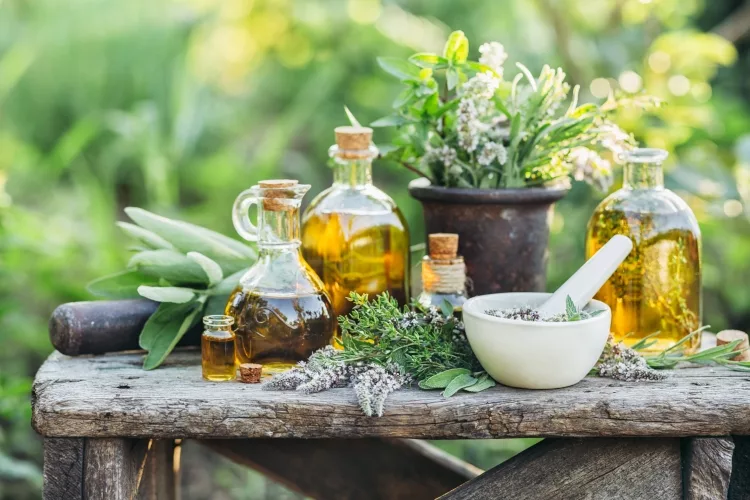
Specialty Markets
If you are lucky enough to have some specialty markets in your area, they can be excellent sources for rare, hard-to-find herb species. Larger cities tend to have a wider variety of these types of calls. In my area, we are lucky enough to have an excellent Asian market. I have found them an excellent source for some herbs not seen at the farmer’s markets.
Grocery Stores
Shop with caution at grocery market produce sections, especially with those not carrying an organic selection. Many produce sections of your typical grocer treat their herbs and create them with chemicals. These chemicals keep them longer on the shelf, prevent root growth and make them look nicer.
Shop organic markets and verify how they are handled. The produce workers should freely give information about their sources and the handling of the herbs. Grocers that are hesitant would show the same hesitation in wanting to purchase from them.
Dried herbs and spices in the grocery store tend to carry much higher price tags. Besides, these herbs are often lacking information on their source. When making tinctures or even just cooking or teas, look for organic herbs and those labeled non-irradiated.
What is non-irradiated and why do I care? Many spices on the market, unless stated as “non-irradiated” have undergone a process of applying an ionizing radiation to increase shelf life and kill any possible bacteria. May not sound so awful at first glance but this also strips the herbs of their medicinal qualities, volatile oils, and much of its flavor. It also leaves potential harmful carcinogens on a product that you intend to consume.
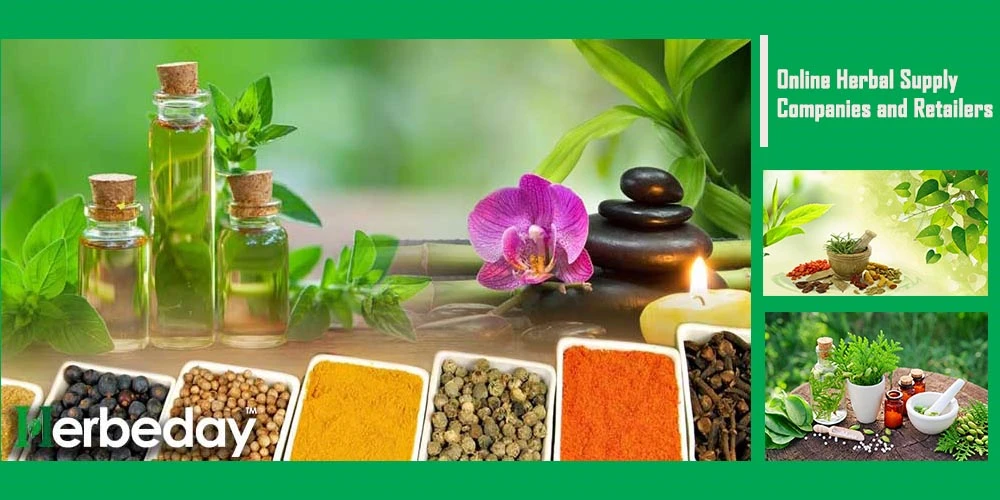
Although I am a gardener, it would be impossible to grow every herb and plant. As an example, certain tree saps and barks do not grow in my zone. Those would be impossible to keep growing all year indoors for size alone. Not to mention the years it can take for a tree type to gain maturity.
With the dawn of the internet and online shopping, the ability to gain herbs has become boundless. This, once impossible or improbable to obtain, are no longer an issue. Far away, distant spices are just clicked away. No more is country barriers, even a problem to overcome.
Reputation and trustworthiness, however, become factors when considering sources for online shopping for herbs. You are putting your trust in vendors you have never seen and growing procedures you have not witnessed.
Thankfully with as much availability, there are just as many reviews that can help you create an image of a herbal seller. This can help to build confidence in suitable sources and find reputable dealers.
Look for similar information that you would seek in local marketplaces as listed above. If a product you are interested in does not readily list it, ask. Reputable dealers will divulge to you how, where, and harvest methods of their herbs. Besides, you will want details about the drying and packaging measurements that use.
Take Note:
It is almost always best to go with dried options when purchasing the best herbs for tinctures and extracts online. Fresh is too risky to have shipped any amount of distance. Unless rapid shipment options exist, but only already dried and preserved herb forms.
Online Options:
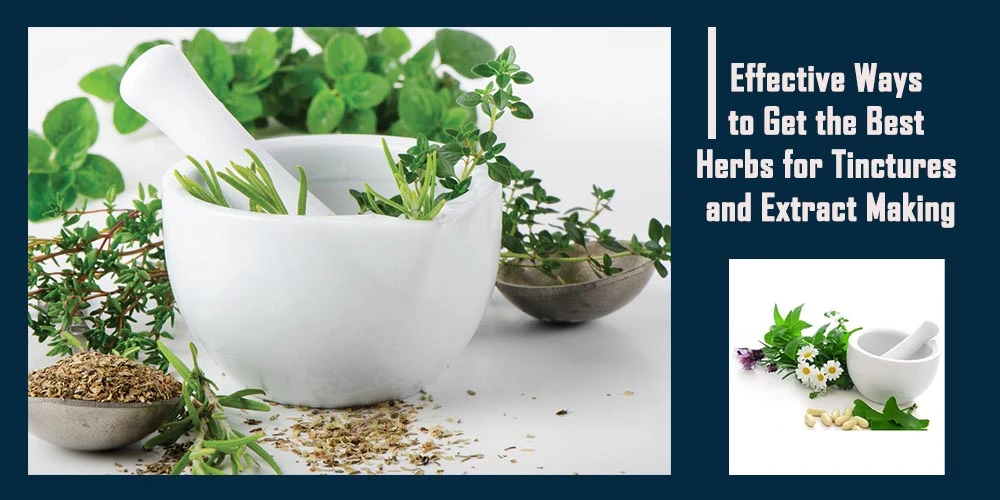
I have for many years now turned to Amazon for sources, even my herbal purchases. The vendors that are selling on this platform are vast. Besides, Amazon is always loaded with plenty of reviews from verified purchases that you can see, and many of the vendors I previously purchased from now sell on this platform.
⇒ Check out this search list of Bulk Herbs here. You can see that there are many options from around the world.
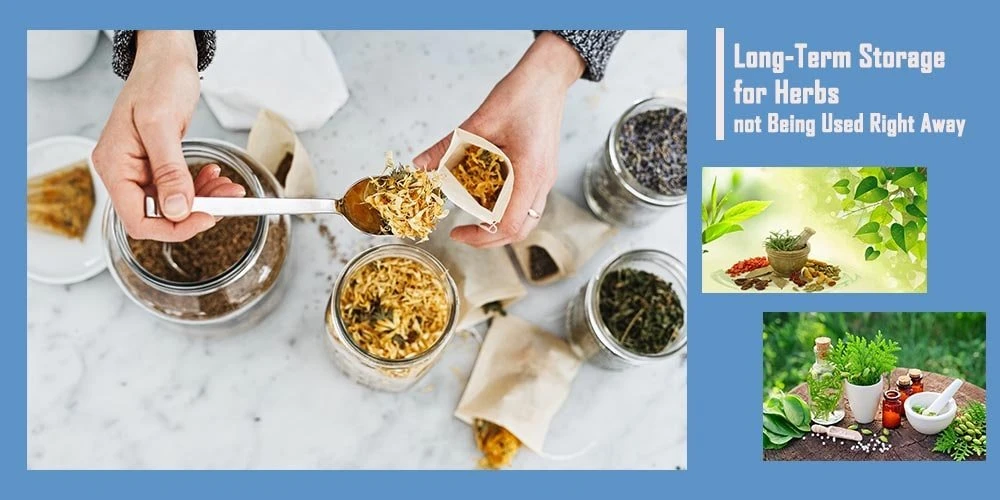
Whenever you invest time growing, gathering, or purchasing herbs, you want them to stay long enough to keep their value. If you are not intending on using all the plant material at once, storage becomes very important.
Glass Jars – Colored glass is better when possible but keeps out of light. Label well and make sure the lid fits securely.
Stainless steel containers – Protects from sun damage by design, and many have built-in labels.
Mylar Bags – Increases the shelf life of food and herbs by eliminating oxygen. The solid reflective material also eliminates the damage-causing potential of the sun.
Paper bags – Make sure these stay in a dry area where you can gather no moisture. I will use these if I must but not a preferred method of storage. However, the paper will keep water naturally wicking away from the plant material as well.
Plastic Bags or Containers – I always emphasize BPA-free. Suppose you are going to go plastic check! They will not likely be sun-resistant, so be sure to keep them out of the light.
Special Note:Fresh herbs will need to dry first for long-term storage. Follow proper drying methods for the type of plant material you are keeping. Flowers. Buds and leaves take less drying time than roots, berries, bark, and saps. Be sure to allow thorough drying before storing to prevent mold, fungus, and mildew from forming.
This Book from Amazon: Drying Herbs: An Essential Guide on Drying Herbs and Seasoning is an excellent source for drying methods that can help. If you are a Kindle Unlimited subscriber, it is Free. Find out more about Kindle Unlimited.
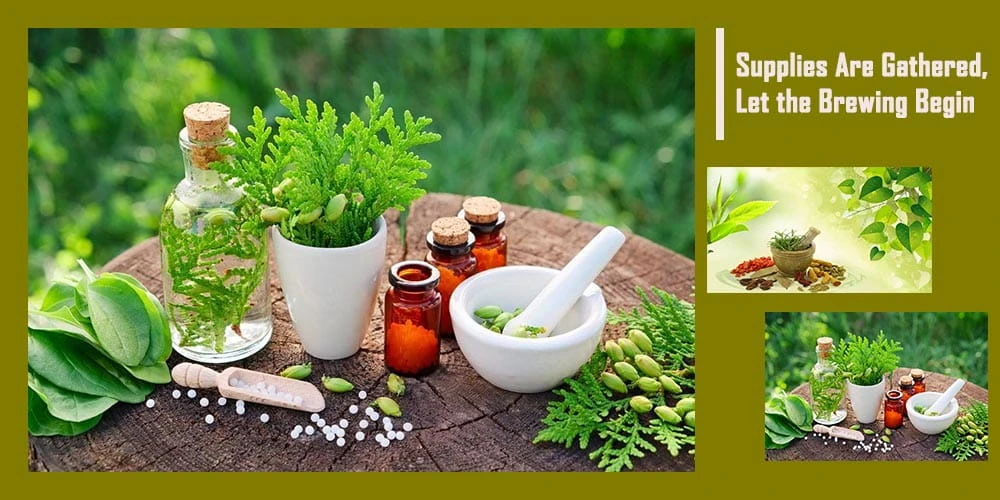
We have explored the basics of what tinctures and extracts are. I looked at the supplies needed to make them at home. Now we have stocked the kitchen with the best herbs for medicines.
Now it is time to use them for yourself and get brewing your first tinctures and extracts. In the following article in this series, we will be looking at flavoring extracts for the kitchen to start. It will give you some experience with extracting herbal constituents and prepare you for making herbal medicines.
Flavorful extracts are some of the most straightforward tincturing extraction to start with. It will aid your confidence in building up to medicines, plus they still load with benefits.
Additionally, with the cost of extracts in the store, it will save you a lot of money. Who doesn’t like that?
Keep the comments and messages coming. The list and interests in this series are growing. I am still compiling a plan based on what you want to see. Let your thoughts count too!
link to a search result page - Walmart Link
search list of Bulk Herbs here - Walmart Link
Drying Herbs: An Essential Guide on Drying Herbs and Seasoning - Walmart Link
link to a search result page - eBay Link
search list of Bulk Herbs here - eBay Link
Drying Herbs: An Essential Guide on Drying Herbs and Seasoning - eBay Link
 |
 |
 |
 |

About Christina Lopez
Christina Lopez grew up in the scenic city of Mountain View, California. For eighteen ascetic years, she refrained from eating meat until she discovered the exquisite delicacy of chicken thighs. Christina is a city finalist competitive pingpong player, an ocean diver, and an ex-pat in England and Japan. Currently, she is a computer science doctoral student. Christina writes late at night; most of her daytime is spent enchanting her magical herb garden.
 |
 |
 |
 |
Get new FREE Gifts. Or latest free growing e-books from our latest works.
Disable Ad block to reveal all the links. Once done, hit a button below
 |
 |
 |
 |